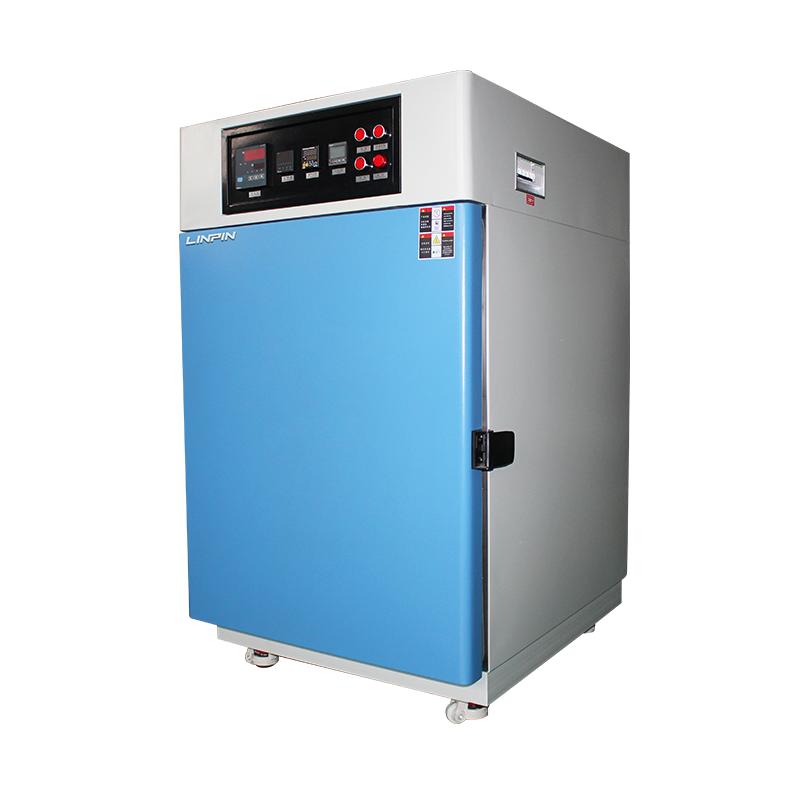

A high-temperature test chamber simulates extreme heat environments to evaluate the performance of test specimens. But how does prolonged exposure to high temperatures affect these specimens? This article explains the potential impacts of high temperatures on various materials.
1. Risk of Explosion
Some flammable or explosive materials may ignite or detonate under high temperatures, which is why such substances should not be tested in a high-temperature chamber.
2. Deformation of Specimens
Due to thermal expansion, certain components—such as gaskets, sealing fillers, bearings, and seals—may warp or deform. Organic materials may discolor, crack, bubble, or even shatter.
3. Adhesion, Migration, or Malfunction
Different materials have varying expansion coefficients, which can lead to adhesion between components. This may cause functional failure or performance degradation.

4. Impact on Electrical Properties
Sustained high temperatures can alter electrical parameters (e.g., resistance values), affecting the specimen’s electrical performance.
5. Increased Pressure in Sealed Components
For sealed parts, high temperatures can raise internal pressure, potentially leading to rupture.
6. Reduced Insulation Performance
High temperatures may degrade insulating materials, reducing their effectiveness.
7. Loss of Lubricant Effectiveness
Lubricants may lose viscosity, decrease in performance, or evaporate under extreme heat.
8. Structural Changes in Materials
Some solid materials may experience internal structural separation or phase changes.
9. Shortened Service Life
Prolonged exposure to high temperatures can accelerate wear and tear, reducing the specimen’s lifespan.
Conclusion
High-temperature testing helps identify these potential issues, allowing manufacturers to optimize product designs. Our high-temperature test chambers are widely used in research institutions, automotive manufacturers, aerospace R&D centers, and more, providing reliable testing solutions.
If you’re interested in environmental testing equipment, call 400-066-2888 for specifications and further details.